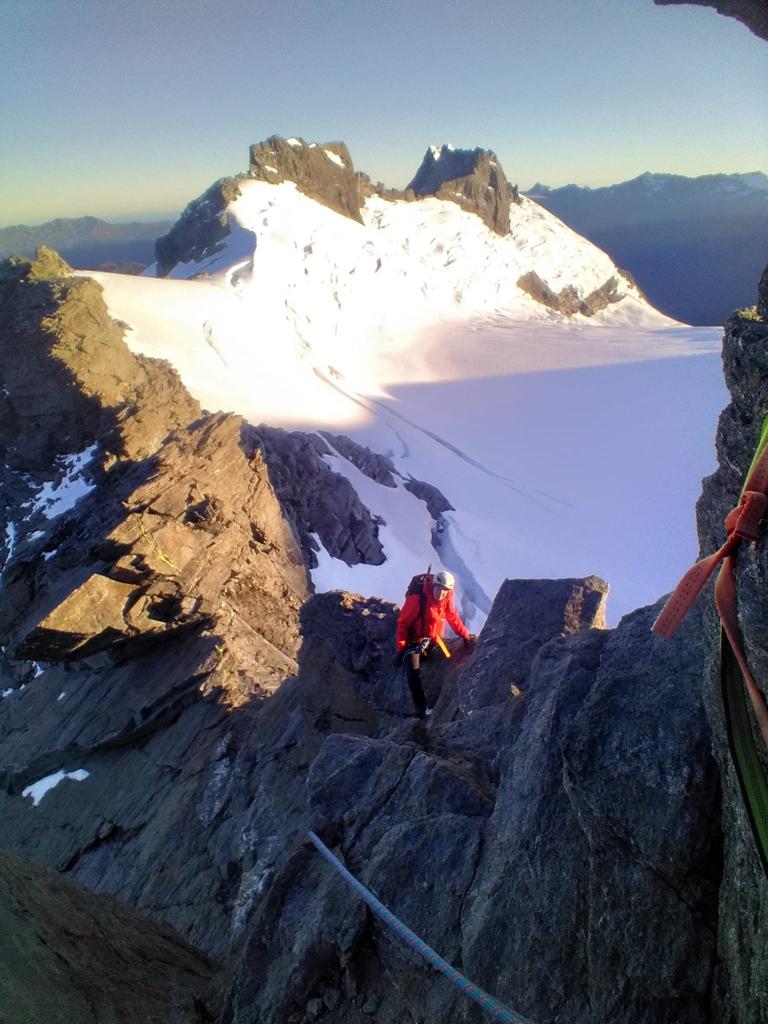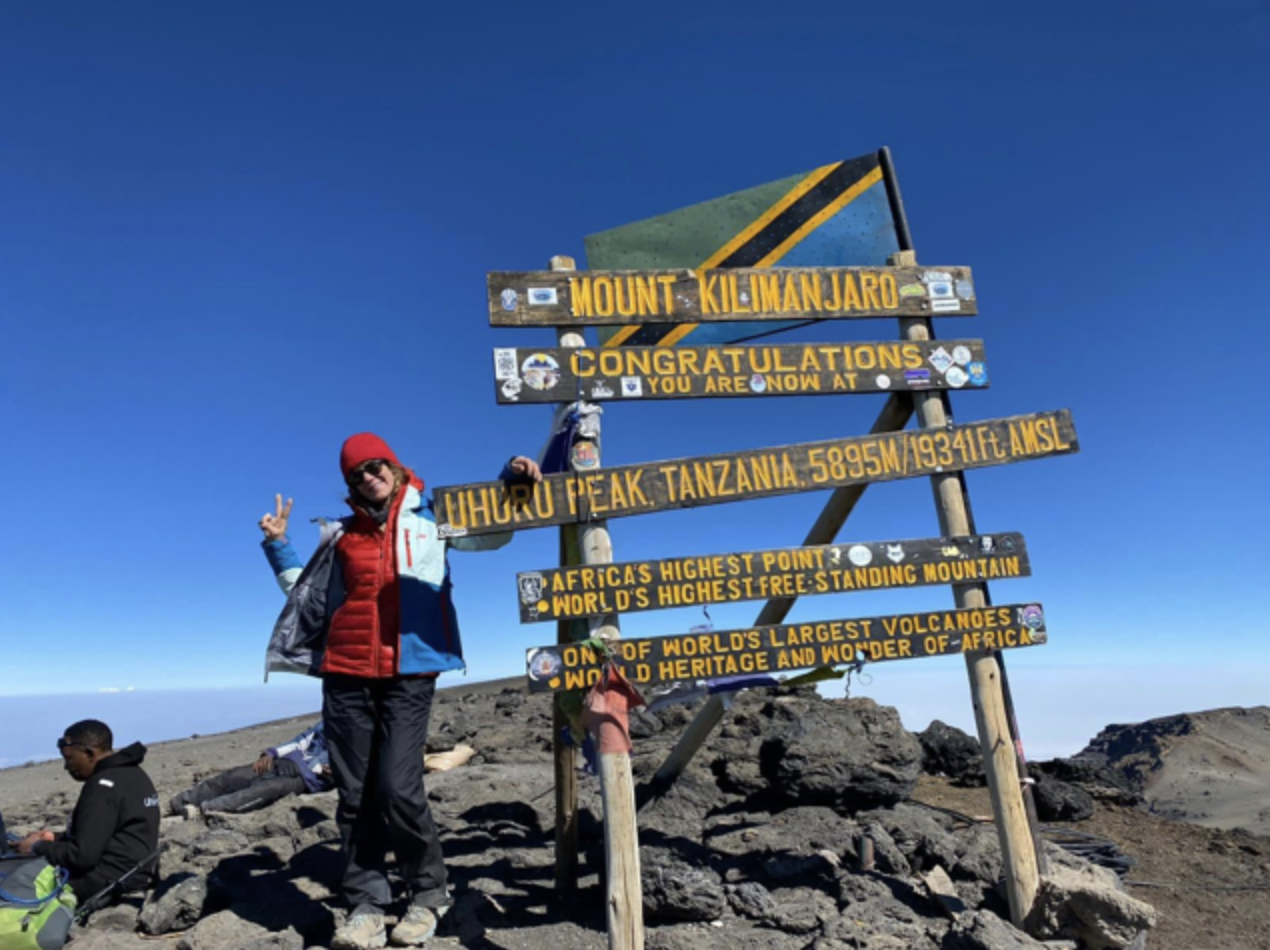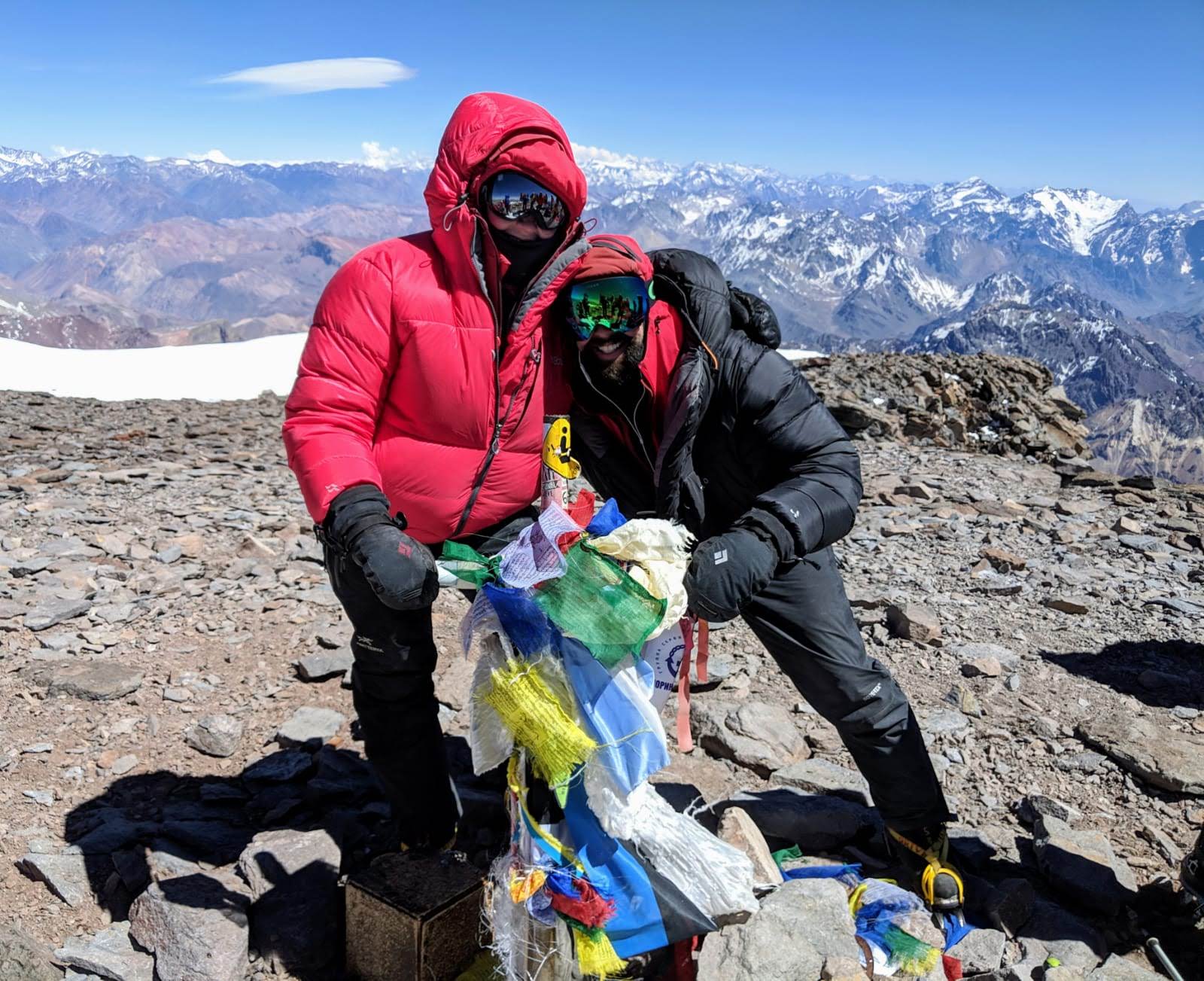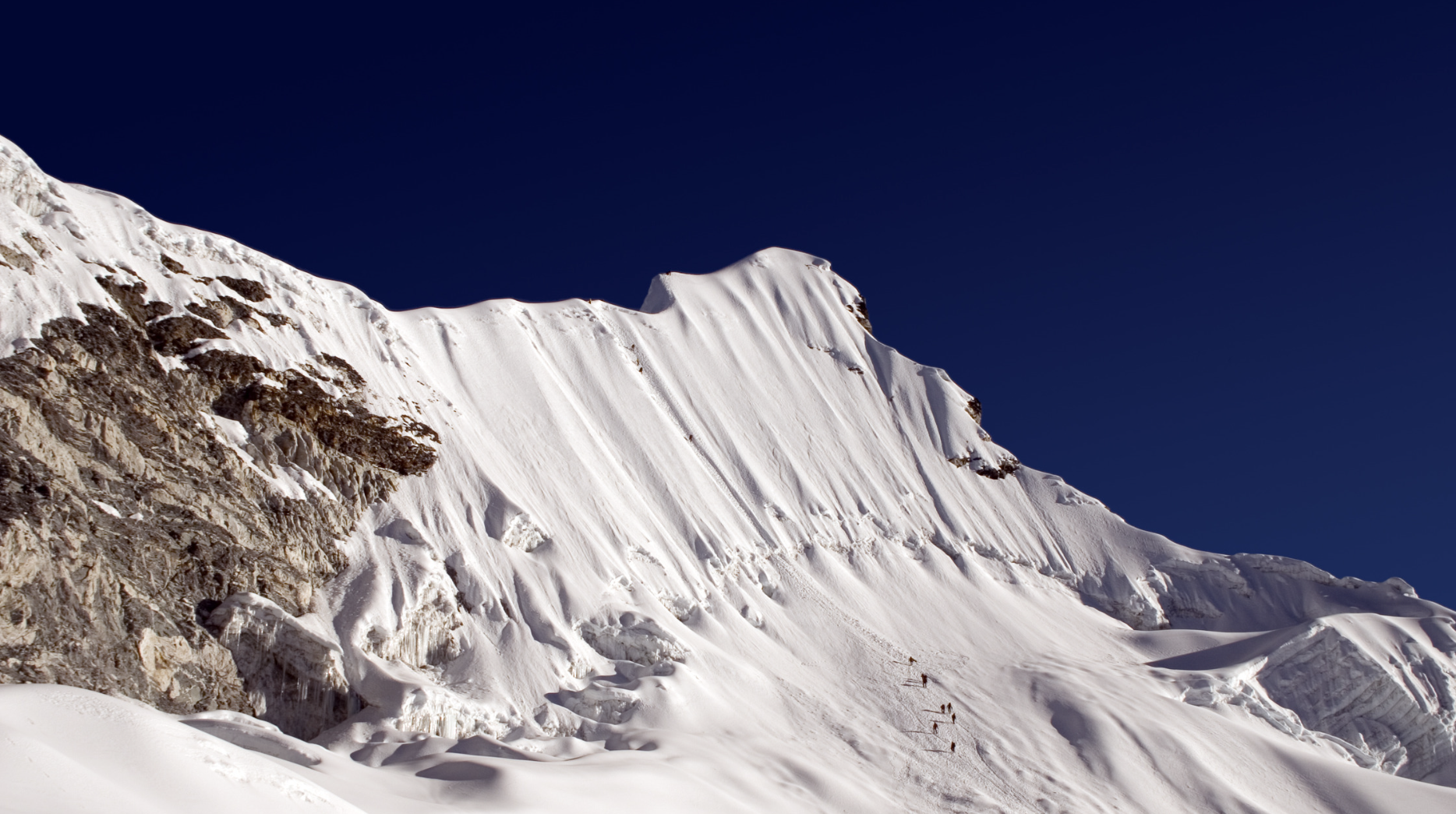Acute Mountain Sickness (AMS) is the medical term for altitude sickness. It is the mildest and most common form of illness at altitude. It is caused by rapid exposure to reduced oxygen levels at high altitude or, in more simple terms, when you ascend too quickly and gain altitude faster than your body can acclimatize.
At What Height Does Altitude Sickness Start?
As a guideline, you can start to experience altitude sickness symptoms from as low as 1,500m, although you are more likely to feel the effects from 2,500m. However, and this is a BIG however, there is no set altitude where you absolutely will get altitude sickness; some people seem to be more susceptible than others. There are some people who don’t suffer at all, some who suffer mildly and some who have to go home because of the severity of the altitude sickness. There are people who have summited Mt Everest (8,848m) and then had to turn back before reaching the summit of Kilimanjaro (5,895m) because of severe altitude sickness. I suffered severe altitude sickness on Kilimanjaro, ticking all the boxes from vomiting to hallucinations. In hindsight, if I had known what I know now, I would have turned back before the summit. There were many things I did wrong on that adventure that may or may not have attributed to such severe altitude symptoms, but I learnt an important lesson from Kilimanjaro – to treat every meter gained in altitude with the utmost respect. I had climbed to a similar height in Peru just a few months before and I arrived on Kilimanjaro brimming with confidence. She sent me home with a new found respect; never underestimate altitude, regardless of how high you have been before. With every single step you take into the high altitude arena apply the same level of care and attention to your body and physical well-being.
Never underestimate altitude, regardless of how high you have been before.
When we climbed Aconcagua I asked our guide, who is fondly referred to as Boss in my account of Aconcagua, in my book “A Step-By-Step Manual To Mountaineering & Trekking Around The World”, if she was concerned about getting AMS. She humbly replied, considering that she had summited Mt Everest, that it was a concern on every mountain and that prior experience at higher altitudes did not mean you got a free pass on a lower altitude mountain.
What Are The First Signs Of Altitude Sickness?
· Headache
· Nausea and/or vomiting
· Dizziness and/or light-headedness
· Difficulty sleeping
· Loss of appetite
The two questions you should be asking now are – When Should I Worry About Altitude Sickness? And how do I know when my symptoms are severe enough that I should turn around?
To understand and assess the severity of your altitude sickness, have a look at, and learn, the Lake Louise Score (LLS) for the diagnosis of altitude sickness/AMS. You can find the LLS here. Most people will get a headache at some point, particularly if you are consistently gaining altitude. But there is a difference between a light headache that you are simply aware of and a headache that feels like someone is hitting you on the head with a frying pan, repeatedly, making even the smallest movement an insufferable chore. Similarly there is a difference between feeling bouts of nausea and actually vomiting.
Most importantly, always be honest with yourself. No one knows your body better than you do.
What Is The Best Remedy For Altitude Sickness?
The best remedy for altitude sickness is to do your best to prevent it in the first place. In my book “A Step-By-Step Manual To Mountaineering & Trekking Around The World”, I have written a detailed account of the four best preventative measures to avoid and prevent Altitude Sickness.
However, if you do find yourself experiencing one or more symptoms of altitude sickness then following these steps will be your best treatment of altitude sickness:
1. Assess your condition. Are the symptoms mild or severe? How do you score on the Lake Louise Score?
2. Based on your score, you can either:
a. Rest at your current altitude for a day or so to allow your body more time to acclimatize. If your body is acclimatizing then the symptoms will dissipate.
b. You can move to a lower altitude (preferably 1000m or lower) and rest there, choosing to either come back when you are feeling better or to continue descending to sea level.
c. Start a course of Diamox and either rest at your current altitude or continue to climb higher.
3. If the altitude sickness symptoms become significantly worse and even the use of medicine does not alleviate the problems then immediate descent is advised.





